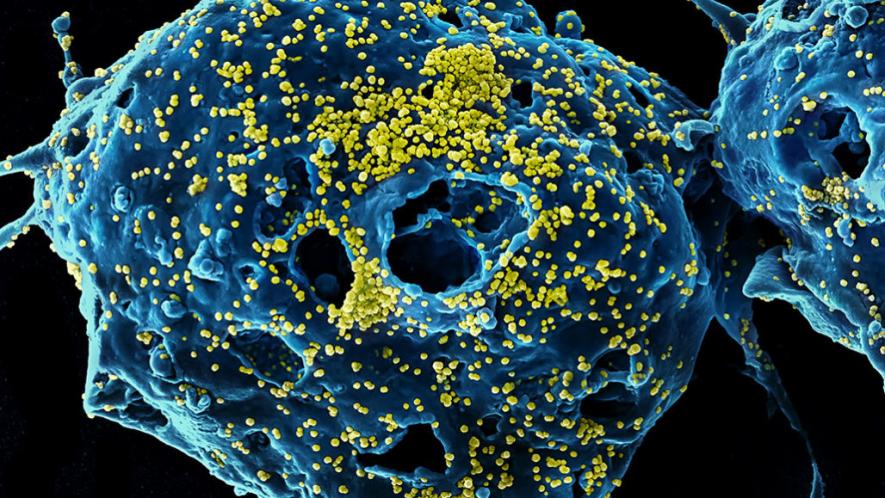New Viruses Discovered, Some Have No Recognisable Genes

When a large part of the world is reeling under the threat of novel coronavirusm, scientists are still discovering new viruses which are not known to have infected humans yet. More interestingly, some of these viruses don’t have genes that could be matched with the previously known viral genomes.
One group led by Jônatas Abrahão, a virologist at the Federal University of Minas Gerais, Belo Horizonte, Brazil has been on a hunt of virus, especially giant viruses. These microbes—some of which are of size of bacteria—were discovered in 2003. The team’s subject of research was a local artificial lake where they could find new viruses and also a giant virus, that of the size of a bacteria. They named this new giant virus as Yaravirus.
Now, when they have sequenced the genome of the Yaravirus, it has surprised the researchers. The genome sequence has not matched with any known sequence that scientists have come across before. It has been reported in the bioRxiv reprint server.
But viral novelty is not a matter of surprise for Elodie Ghedin of New York University. She has been searching for viruses in wastewater and respiratory system. According to her, “More than 95% of the viruses in sewage data have no matches to reference genomes [in databases]. We seem to be discovering new viruses all the time.”
The other team consisting of Christopher Buck and Michael Tisza, virologists at the National Cancer Institute, have been searching for viruses in animal tissues that store genetic materials in circular form—circular viruses. The circular viruses consist of many deadly pathogens for human beings, including human papillomavirus (HPV), which causes cervical cancer. Buck has evidence that says that papillomavirus also causes bladder cancer in patients with kidney transfer.
For finding circular viruses, the team isolated virus from numerous human tissues and from other animals and then screened them. The genome sequencing of those viruses also revealed that their genes are unrecognisable.
This team could find some 2,500 circular viruses, out of which, about 600 are new to science. Their findings have been reported in the journal elife.
Now the question that arises here is: out of these newly discovered viruses, how many are disastrous for humans and how many are actually helpful? The studies have not yet deliberated on the characterisation of the viruses that have been found novel.
Viruses are mysterious life forms. They are one of the tiniest life forms on the Earth and no virus can survive and reproduce without a host. This has led some scientists to question whether viruses should be considered living entities at all.
Get the latest reports & analysis with people's perspective on Protests, movements & deep analytical videos, discussions of the current affairs in your Telegram app. Subscribe to NewsClick's Telegram channel & get Real-Time updates on stories, as they get published on our website.
















